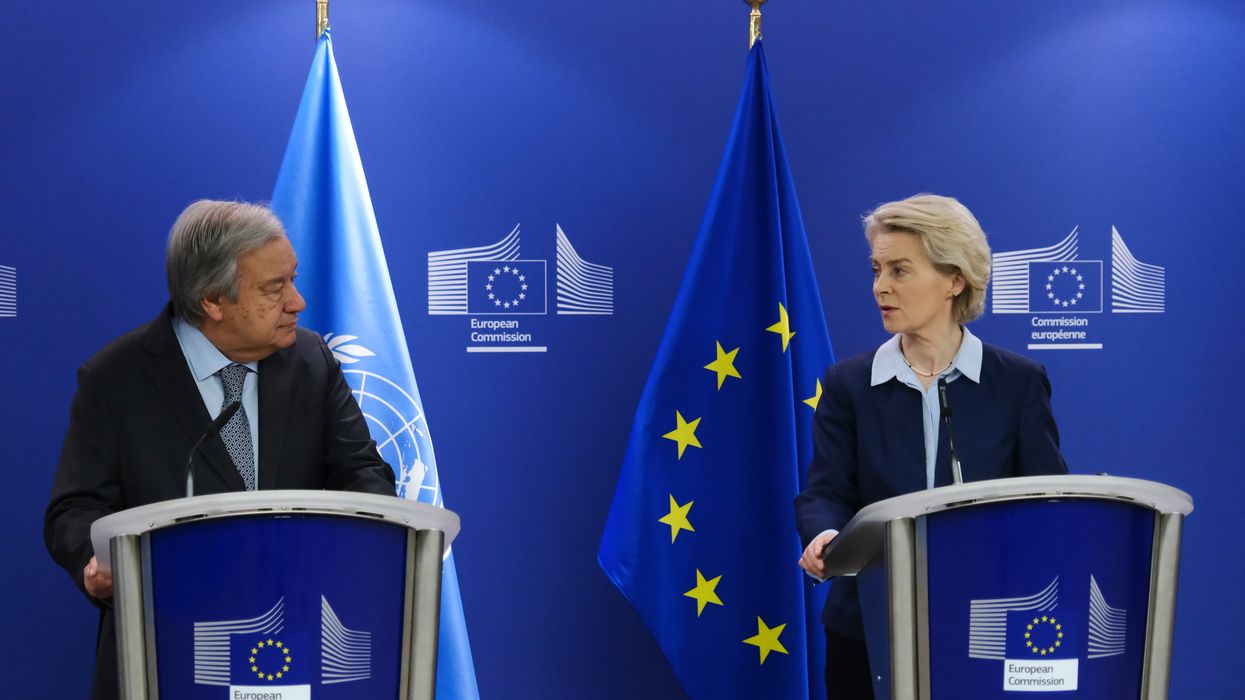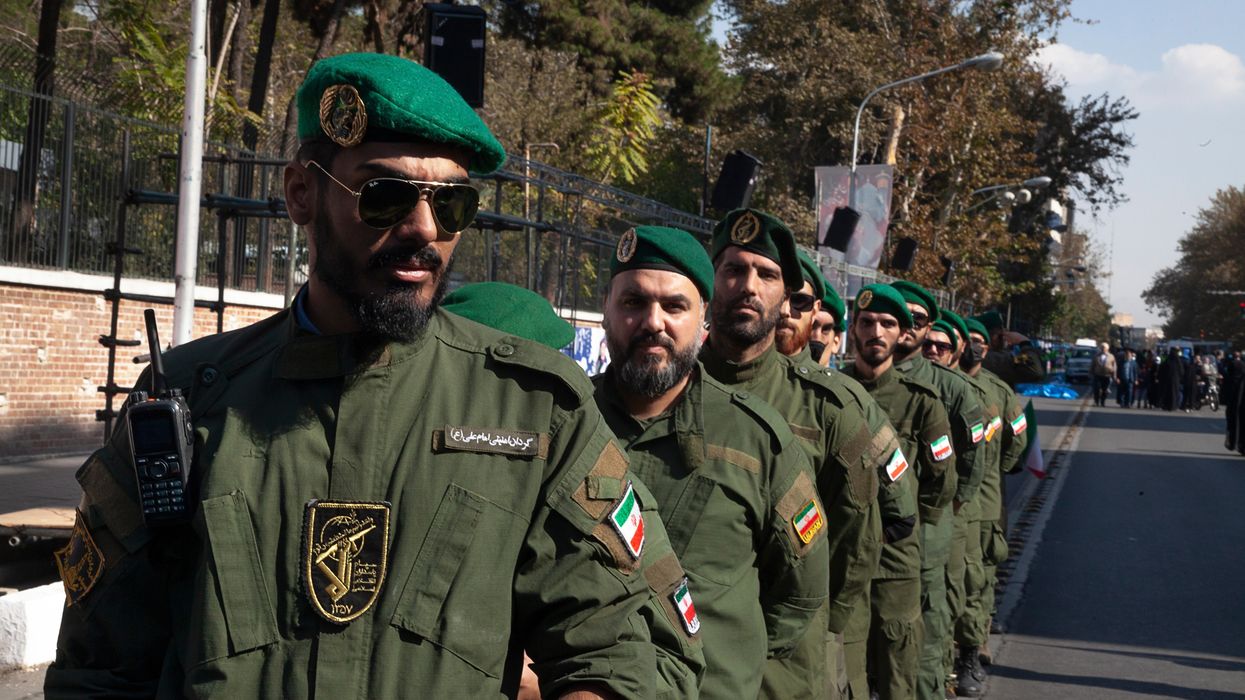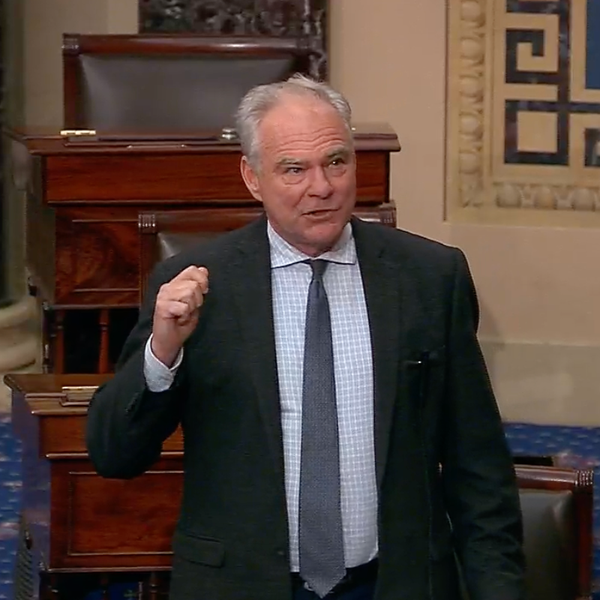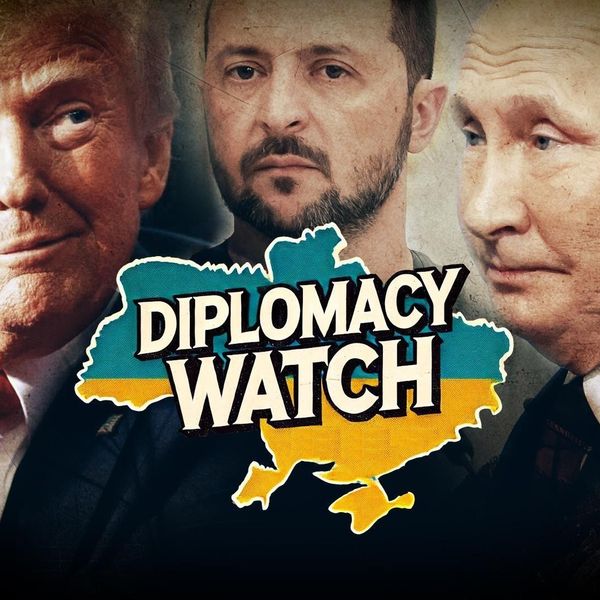Since Donald Trump’s reelection, his campaign promise to quickly end the Russia-Ukraine War has seemed increasingly out of reach as the situation in Ukraine continues to deteriorate.
It's hard to imagine that dispatching more arms to Ukraine and slapping more sanctions on Russia will be successful at achieving peace. The Russian army continues its slow but steady advance, so Putin may well have concluded that his country should push for a more complete Russian military victory and defy any near-term Western peace overtures.
However, the incoming administration has an opportunity to break from the status quo and entice Russia to end the war. This should include incentives with respect to the Arctic — an issue guaranteed to capture Russian President Vladimir Putin’s attention. Such an option could also prove attractive to Trump, who approaches the world through the lens of a businessman looking to strike big deals.
Putin’s participation in a November ceremony launching the new nuclear icebreaker Chukotka elicited little notice in the West but demonstrated the Russian president’s laser-like focus on developing the Arctic region. The vessel is reported to be the largest and most capable icebreaker in the world at 567 feet in length and displacing 33,500 tons, with two nuclear reactors that provide 350 megawatts of power, allowing it to break through ice nearly 10 feet thick.
Such ships do not come cheap, and the Chukotka is priced at about half a billion dollars.
The Chukotka is the fourth in a series of nuclear icebreakers, with another of the same class, the Yakutia, also nearing completion and a fresh keel due to be laid down in 2025. In October, an even more ambitious class of nuclear icebreakers received the green light for production in a shipyard near Vladivostok, costing $1 billion, an astronomical sum in today’s Russia.
The destination of the icebreakers is the Northern Sea Route (NSR), a shipping route that runs north of Russia and connects Western Europe to the Asia-Pacific. This year, a variety of new records have been set in the NSR, including for the largest ever container ship, which traversed the NSR in September, and the most oil ever transported.
For the Russian leader confronting both political and economic headwinds, the Arctic is always near the top of the agenda because it comprises about 10% of Russian GDP and 20% of its exports. Russian energy analysts are aiming to multiply Russian resource exports over the NSR by six or seven times to 200 million tons in the next five years. According to a mid-2024 report, “Russia certainly has the Arctic resources to power this enormous expansion of exports.”
Yet, the Kremlin’s Arctic ambitions go well beyond oil and gas. As all Russian leaders understand, the country’s economic growth has always been stymied by the simple fact that most of Russia’s giant rivers, such as the Ob, the Yenisei, and the Lena, all flow north into the Arctic. Thus, a functional NSR that has year-round navigation logically holds the key to unlocking major development in the country’s vast, resource-rich interior and more broadly for Siberia — a goal almost as old as the Russian state itself.
Putin is well aware that building tanks and missiles alone will not in itself make Russia strong and prosperous in the future, but this mega-project could open this possibility.
China has also embraced the NSR through its “Polar Silk Road” and has sought to partner closely with the Kremlin in the Arctic. A 2024 Chinese analysis argued that Beijing should ensure that Chinese and Russian corporations investing in the Arctic transit corridor are profitable.
Yet despite incremental progress, Chinese and Russian analysts are aware that the Arctic passage will never achieve its true potential without Western backing. This is why focusing on the Arctic is likely to have the largest effect on stopping the war in Ukraine. The long-sought shipping route across the High North remains one of the few relatively concrete geo-economic prizes that the Kremlin prizes on par with Ukraine itself.
Crucially, a newly dynamic transport corridor should apportion some percentage of the ample profits — say, 5 percent for the next five decades — to rebuilding Ukraine’s destroyed infrastructure. This consistent stream of resources would be a form of reparations payments to Kyiv that would likely amount to hundreds of billions of dollars.
Undoubtedly, China would strongly support this plan. But a number of other interested countries that are currently estranged from Russia — whether Canada, Finland, Norway, and Sweden in the West, or South Korea and Japan in the East — stand to profit from the NSR as well, with the potential to ease global tensions across Eurasia.
Parts of the U.S. could also economically benefit, including Alaska, most obviously, but also northern ports like Seattle and even Boston. Western countries at the table for the NSR, moreover, will likely mean sounder environmental standards.
For this deal to have meaningful results, the U.S. would need to lift sanctions that have been applied against NSR projects. It would also be helpful if they acted to facilitate major European shipping companies like Hapag Lloyd and Maersk to green light the route. These steps might be sufficient, but the U.S. and Europe could further sweeten the pot with encouragement and even incentives for Western investment along the NSR.
During the first Trump administration, the president made some bold gestures in foreign policy and commendably took some political risks for peace. To be sure, the difficult issues with respect to separation of forces, the rights of citizens in eastern Ukraine, and the yet to be determined security architecture for Eastern Europe will remain paramount in any settlement.
Yet by appending peace proposals with a carrot guaranteed to catch Putin’s attention, negotiations having a substantial Arctic component could gain Trump’s favor and find success. Trump’s embrace and marketing of this large-scale business deal could not only help bring peace back to Eastern Europe, but could also revitalize the continent’s prospects more generally.
- Arctic military build-up poses new geopolitical and climate risks ›
- Big Chill: Pressure builds among Russian, Western militaries in Arctic ›
- 'America First' meets Greenland, Taiwan, and the Panama Canal | Responsible Statecraft ›
- Who pays for Zelensky's gas cut-off gamble? | Responsible Statecraft ›
- Trump may get Russia and Ukraine to the table. Then what? | Responsible Statecraft ›
- Can hockey diplomacy ice out chill in US-Russia ties? | Responsible Statecraft ›
- Manifrost destiny? Trump losing of real opportunity in the Arctic | Responsible Statecraft ›














